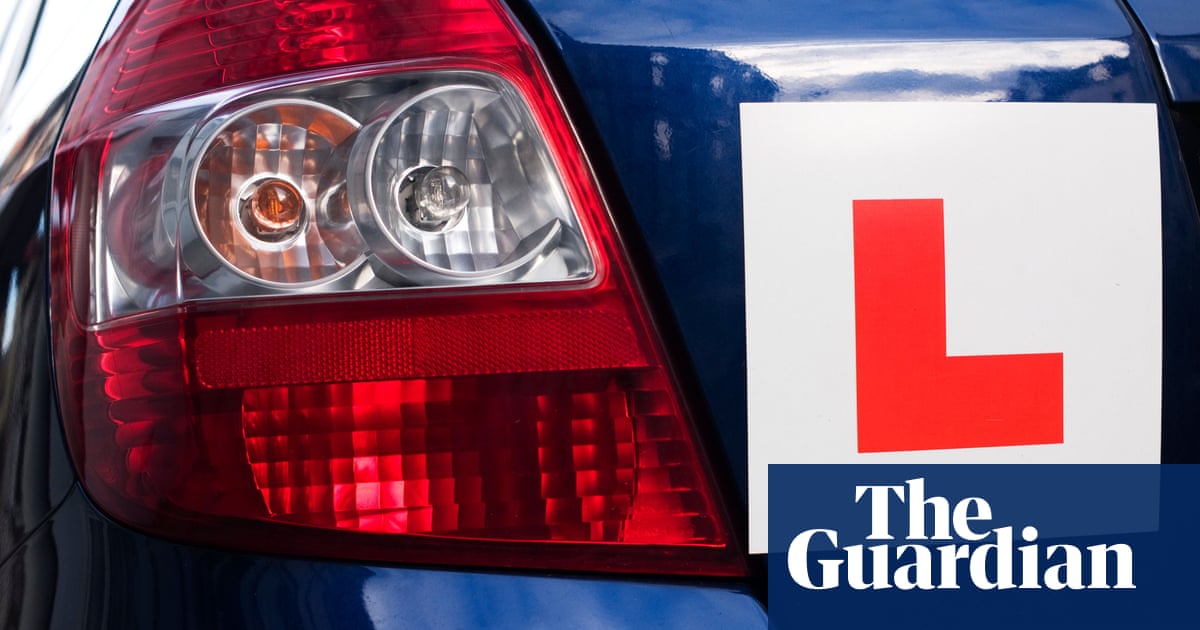
he doors of the world’s finest museums, galleries and art fairs may now be firmly closed for who knows how long. But art can still reach us in dazzling detail, via the now essential gateway of social media. Large organisations were the first to get involved, with MoMA in New York and the National Portrait Gallery and the V&A in London jumping on the #MuseumFromHome campaign. Yet, as the big institutions were dreaming up ways for us to ogle their collections while stretched out on our sofas, artists themselves were coming up with some slightly more altruistic ideas.
“Artists are well practised in self-isolation,” says Matthew Burrows, “often working that way on a daily basis in their studios and so have plenty of creative solutions.” Burrows has created Artist Support Pledge (@artistsupportpledge) and Isolation Art School (@isolationartschool) on Instagram.
With oversight from artist Keith Tyson, who won the Turner prize in 2002, this new “school” invites the pros to host inspiring workshops on social media for free. In less than a week, the account has gathered more than 6,000 followers eager to learn how to make Calder-influenced mobiles, paint landscapes from the comfort of the kitchen, and hear direct from the likes of Urs Fischer, Quentin Blake and Mat Collishaw.
Artist Support Pledge, meanwhile, offers artists a framework to generate finance after the decimation of their traditional incomes. Participants can upload up to 10 works costing no more than £200 to social media using the hashtag #artistsupportpledge. For every £1,000 made, the artist pledges to buy a piece from another member of the scheme.
Nottingham-based artist Yelena Popova signed up after finding time to tidy her studio: “My four pledged paintings were from before I started to work with natural pigments, so I thought I should free up some space. The response was so positive – it cheered me up no end!”
In a bid to keep people occupied and indoors, Canadian artist, author and curator Danielle Krysa of @thejealouscurator came up with the 30 Day Art Challenge to provoke a month of making. “Outside of global pandemics I always encourage people to create every day,” Krysa comments, from her already isolated location four hours east of Vancouver. “Creativity is a bit like exercise. I figured since everyone is stuck inside, why not use this time to play around with ideas or materials you’ve always wanted to experiment with. I’m trying clay later today for the first time ever.”
Martin Parr is announcing photographic challenges that must be completed within the home. Launched on the Martin Parr Foundation Instagram account (@martinparrfdn), the purpose of the project is “to keep thinking creatively about photography during this difficult time”. Fittingly, the first topic is “isolation” and snappers are invited to submit using the hashtag #MartinParrPhotoChallengeOne. Parr (presumably short of things to do himself) will judge the entries, awarding a Martin Parr colouring book to the best shot.
Pete McKee, who was due to open a large exhibition of new work in Sheffield this week, has turned his attention to producing cartoon-drawing tutorials on YouTube. “I wanted to help ease the boredom, give parent-teachers and kids a bit of fun that’s easily achievable without needing to splash the cash,” says McKee, who has presented his first “classes” on how to draw cartoon faces, ageing and bodies. The inaugural lessons – which have only been live for a couple of days – already have over 17,000 views.
Martin Creed’s approach to his live Instagram performance that kicked off Hauser & Wirth’s Dispatches programme was less classroom and more cabaret. The 2001 Turner prize winner’s 11-minute act featured everything from juggling to backwards guitar playing and existential musings on time. Dressed in a back-to-front outfit, Creed proclaims: “These are my staying-in clothes. They are basically the same as my going-out clothes – I just wear them the other way around. It helps me to know where I am.”
Tutorial or not, we could all benefit from a more creative approach to these long, hollow days – whether that is learning to draw or just dressing more eccentrically. “A superpower that artists have is using their art to turn lemons into lemonade,” says Krysa. “Or in this case, self-isolation into art.”












